Mirzya
Mirzya : Movie Review
2 stars out of 5 (Average)
Director : Rakeysh Omprakash Mehra
Hindi (English subtitles available), Released 7/10/16
Anil Kapoor, the handsome charming and gallant hero of mainstream Hindi movies for over two decades starting from the 1980s, was not successful in steering his daughter Sonam away from making her debut in 'Saawariya', a nebulous film which bombed at the box office. Nine years later, he does not seem to have stopped his son Harshvardhan either from debuting in 'Mirzya' - a dangerously arty film which has opened to near empty theaters in Auckland and elswhere around the world compared to the full houses of last week's 'M.S.Dhoni'. Considering too that a hard-core movie lover like me had to fight to stay awake in the interests of reviewing duty, 'Mirya' too seems headed for the box-office noose. Who said that fathers don't treat daughters and sons alike?
To add insult to injury, 'Mirzya's concept is not new. Top director Selvaraghavan's Tamil film 'Irandam Ulagam' (2013), an aberation in his resule, featured fate-crossed lovers crossing worlds between an ancient fantasia and the modern boring one. Alas it had left me reeling at the one-hundred-and-sixty minute fecklessnes of it all.
The otherwise excellent director Rakeysh Omprakash Mehra has not learnt any lessons from Selvaraghavan's pitfalls. However he is amply helped by Pawel Dyllus's superior cinematography with its elegant compositions, smooth gliding shots and beautiful colours, further enhanced by Tubby-Parik's mood-enhancing background score.
Mirzya has two parallel story-tracks - one in a vast visually dazzling valley where horses and arrows fly while two lovers try to bravely escape amidst the clan's disapproval. Another transpires in current-day picturesque Rajasthan where an initially thrilling story of a tiny two-some, stumbles into a standard-issue Romeo-Juliet yarn.
Gulzar is not getting any younger and while this does not reflect in his lyrics , it is glaringly evident in his screenplay which carroms between anaemic stretches, sporadic highs, flaccid jerks and near paralysis. The storytrack set in that valley of yore, is thin enough to pass through a needle's eye. Once you brush aside the CGI fluff like skyward arrows piercing fiery asteroids, there is nothing more to witness other than a pair of young lovers eloping on horses and a lot of slo-mo shots which lull you into slumber.
Similar events transpire in the story set in the current era but there is no artistry or smarts in this symmetric act of interspersed narration. The start however is inspired. Mehra is an open critic of the Indian education system and it appears he does not dig corporal punishment either - both threads of thought are used to launch a scandalous incident in school corridors. A jazzy humour-laden song is then used to cleverly advance the narration as a small boy plots to escape his fate.
But once girl and boy grow up, the script goes down. Mehra could still have used sheer directorial exuberance to cover for a lack of arresting story but such touches are rarely seen here . There is one inspired scene of revelation involving Monish (Harshvardhan Kapoor) and Suchitra (Saiyamai Kher) in a stable pierced by blasts of sunlight to compliment the enlightenment. There's another as Monisha cozies up to a newcomer while her childhood sweetheart watches in the dark driving rain. If the whole film was packed with soaring arias like these, there would have been no need for music.
The CGI, however, is steadily getting there. A sequence involving two attacking beasts which resemble lionesses (which don't exist in Rajasthan!) would have been even more convincing had it banked less on lightning-fast movement and more on imaginative action choreography.
At first I was unable to see Harshvardhan's face clearly, hidden as he is under his moustache, beard and toussled mop of hair. He can act no doubt , but if he has to prove that he can succeed by himself, he'll have to do much better. Saiyami Kher gets similar just-pass-grades for her performace but she has another asset which has little to do with talent - looks to make heads turn.
The editing, which seems obligated to maintain poetic flow, suffers from some jumpy snatches. I wonder how a daringly outstanding editor like Aarti Bajaj would have spliced this two-track narration.
But 'Mirzya' should not be forgotten. It along with 'Irandam Ulagam' should be compulsory lessons in 'Film and Television Institute of India' so that students of cinema can take note of how an ambitious screenplay can be poorly developed, about the narrative mistakes and sluggish pacing, and then learn how it all can be improved on.
UPN
First published in 'Indian Weekender' in October 2016
UPNWORLD welcomes your comments.

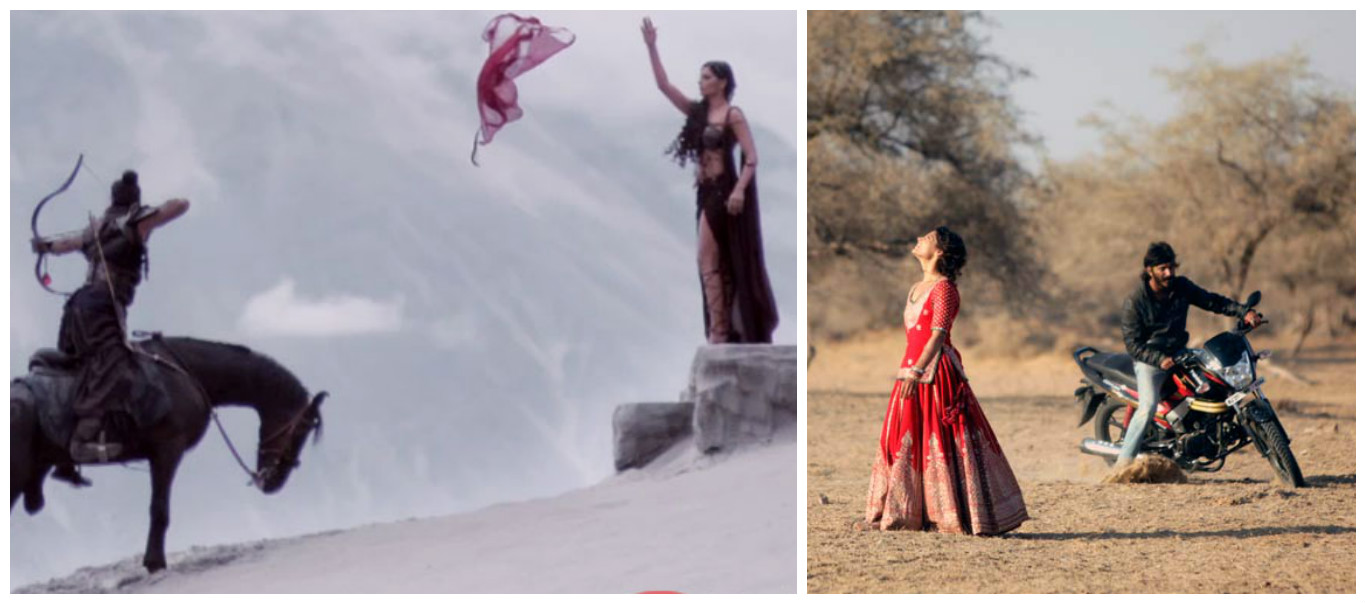
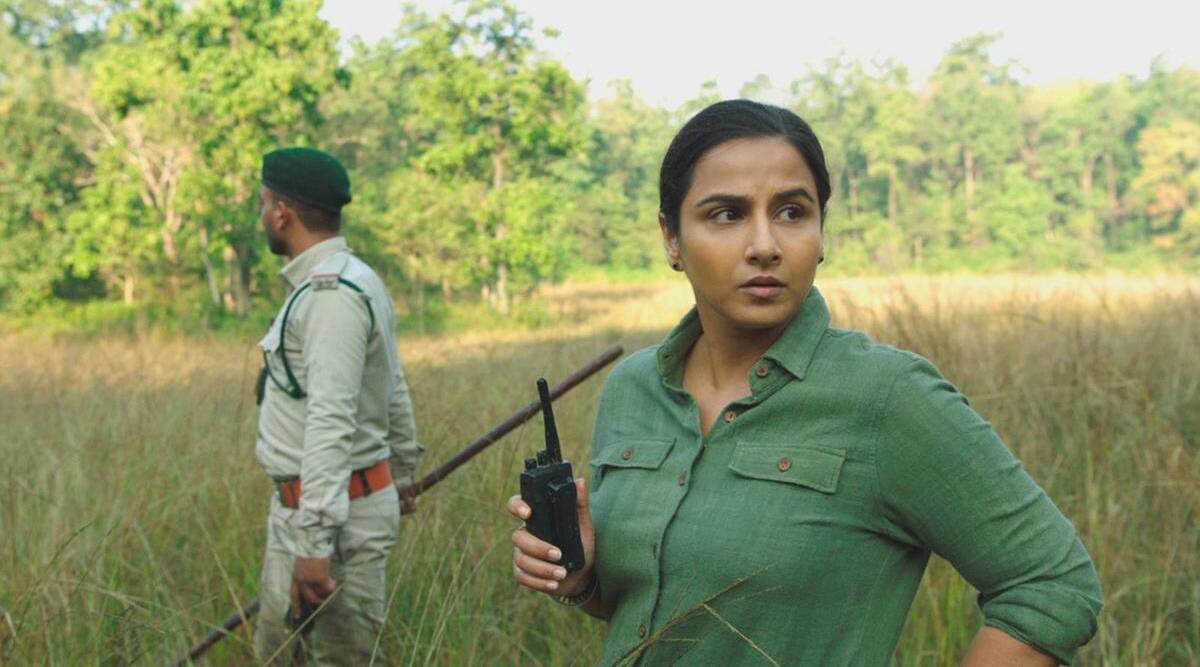
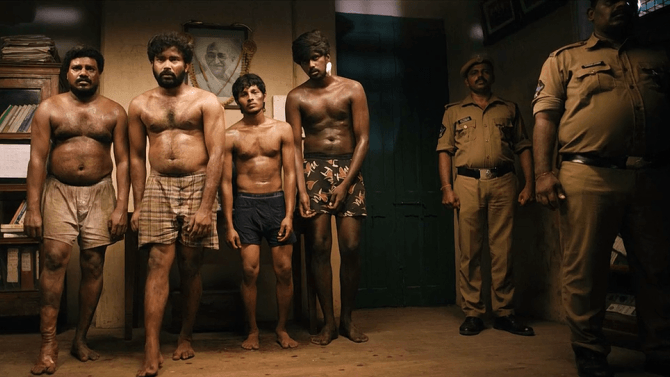
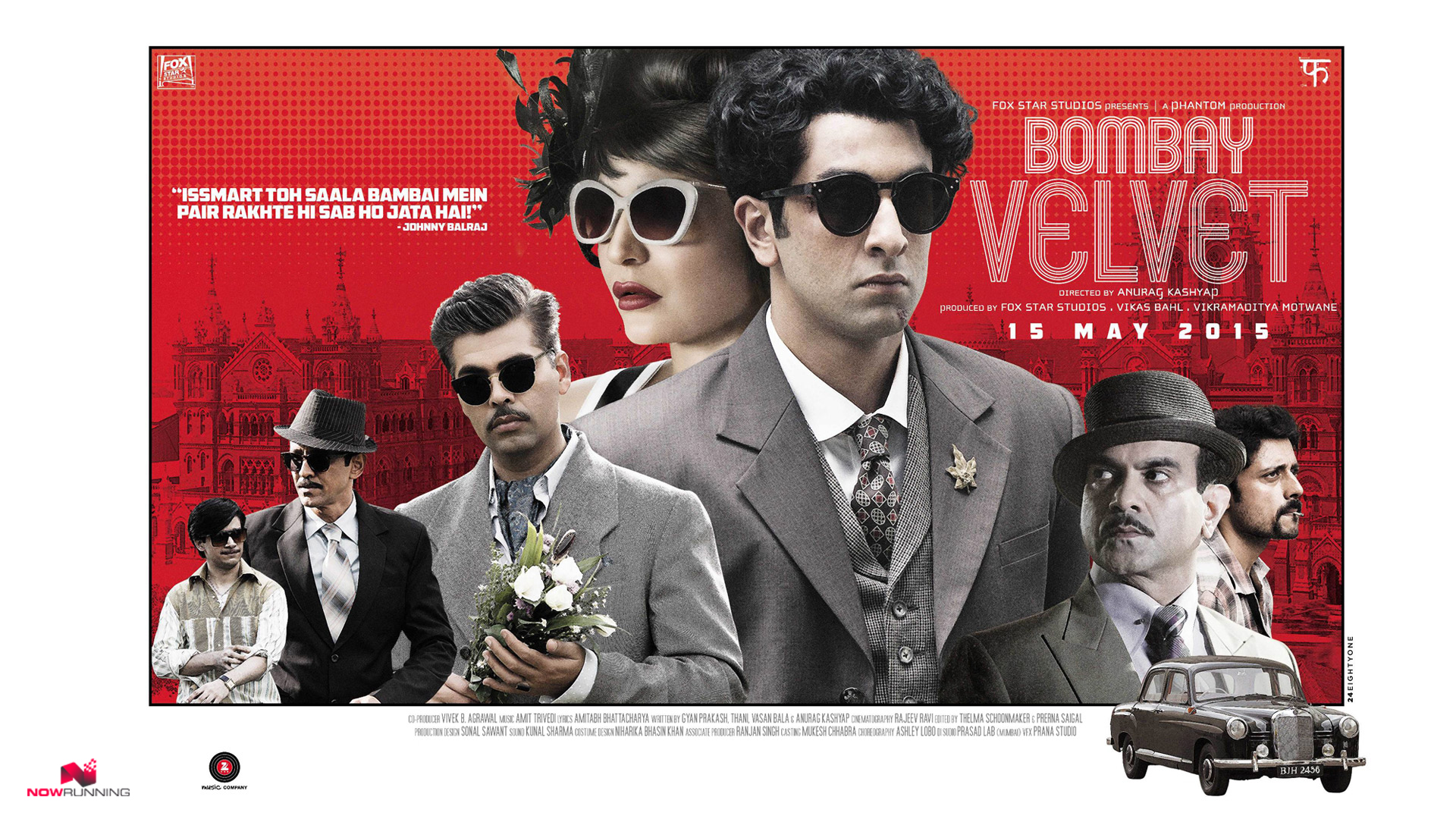
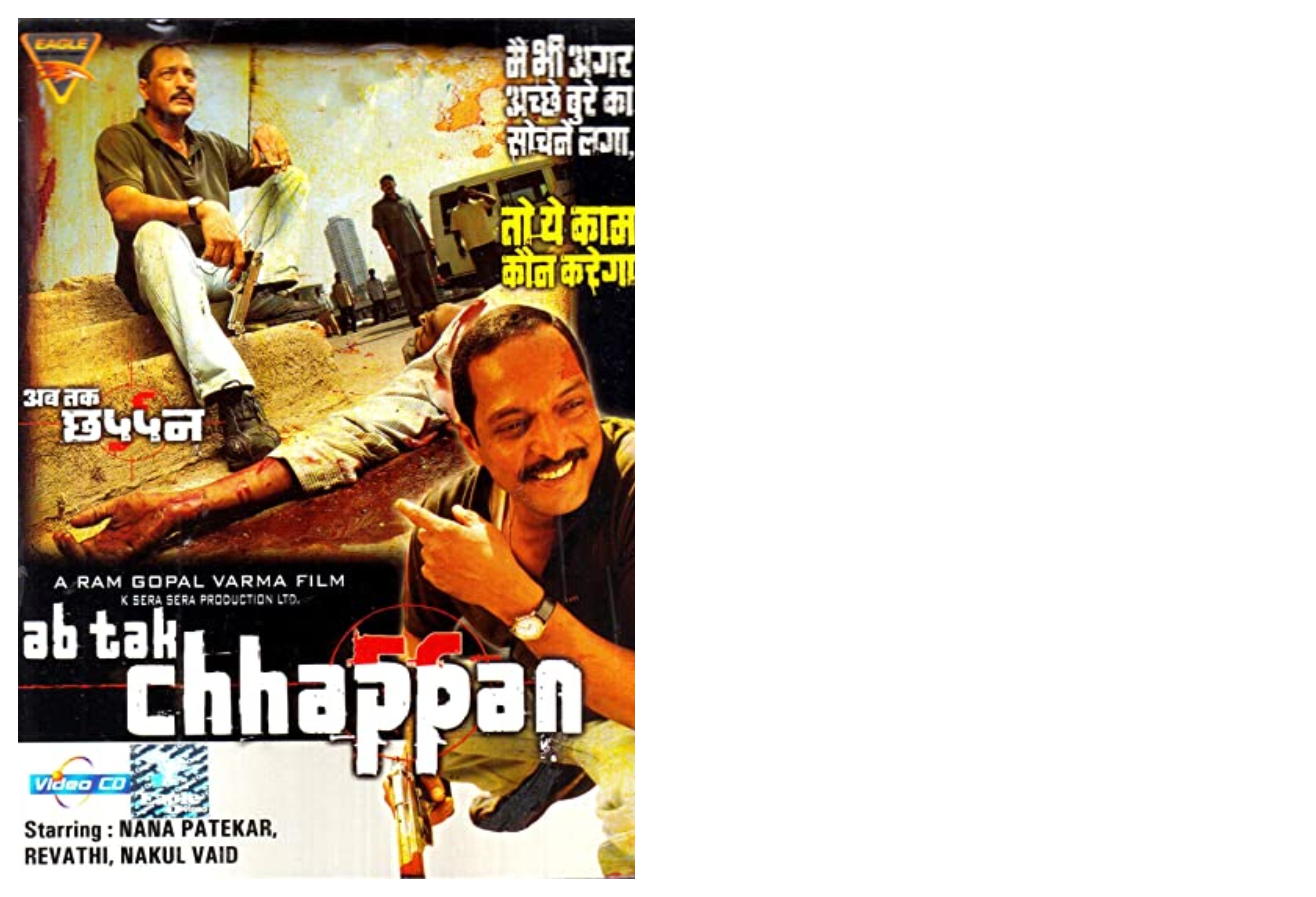




0 COMMENTS
WRITE COMMENT